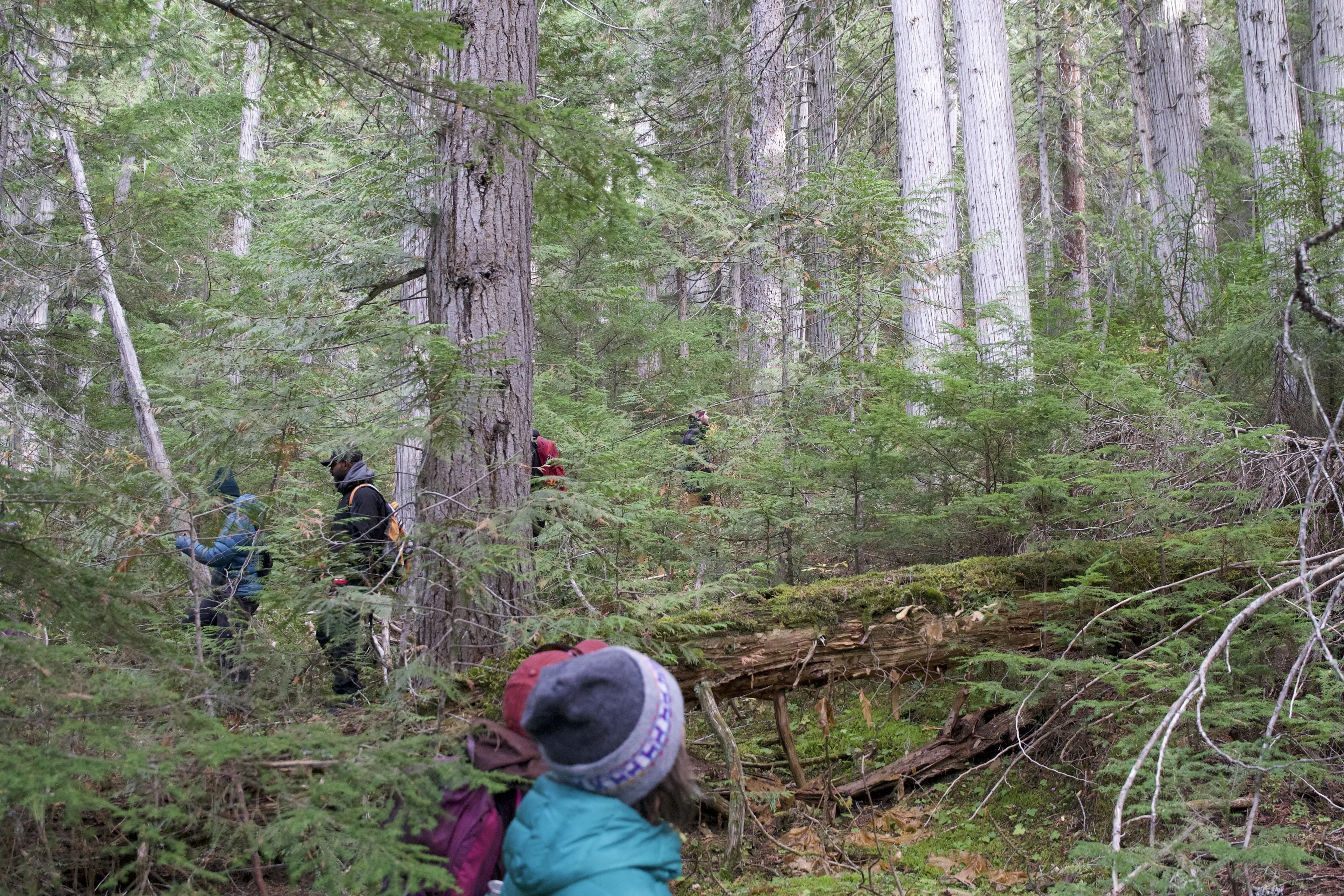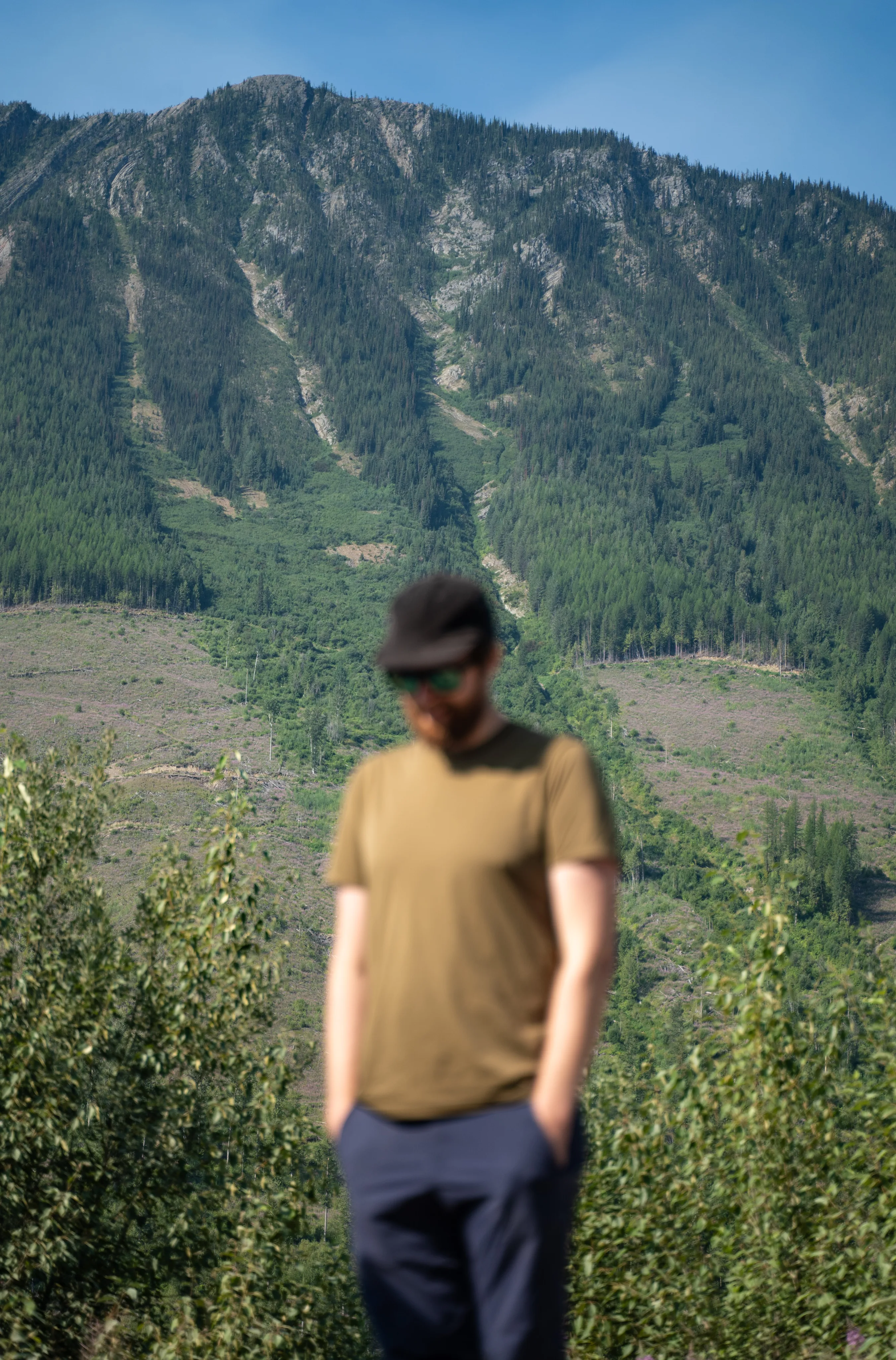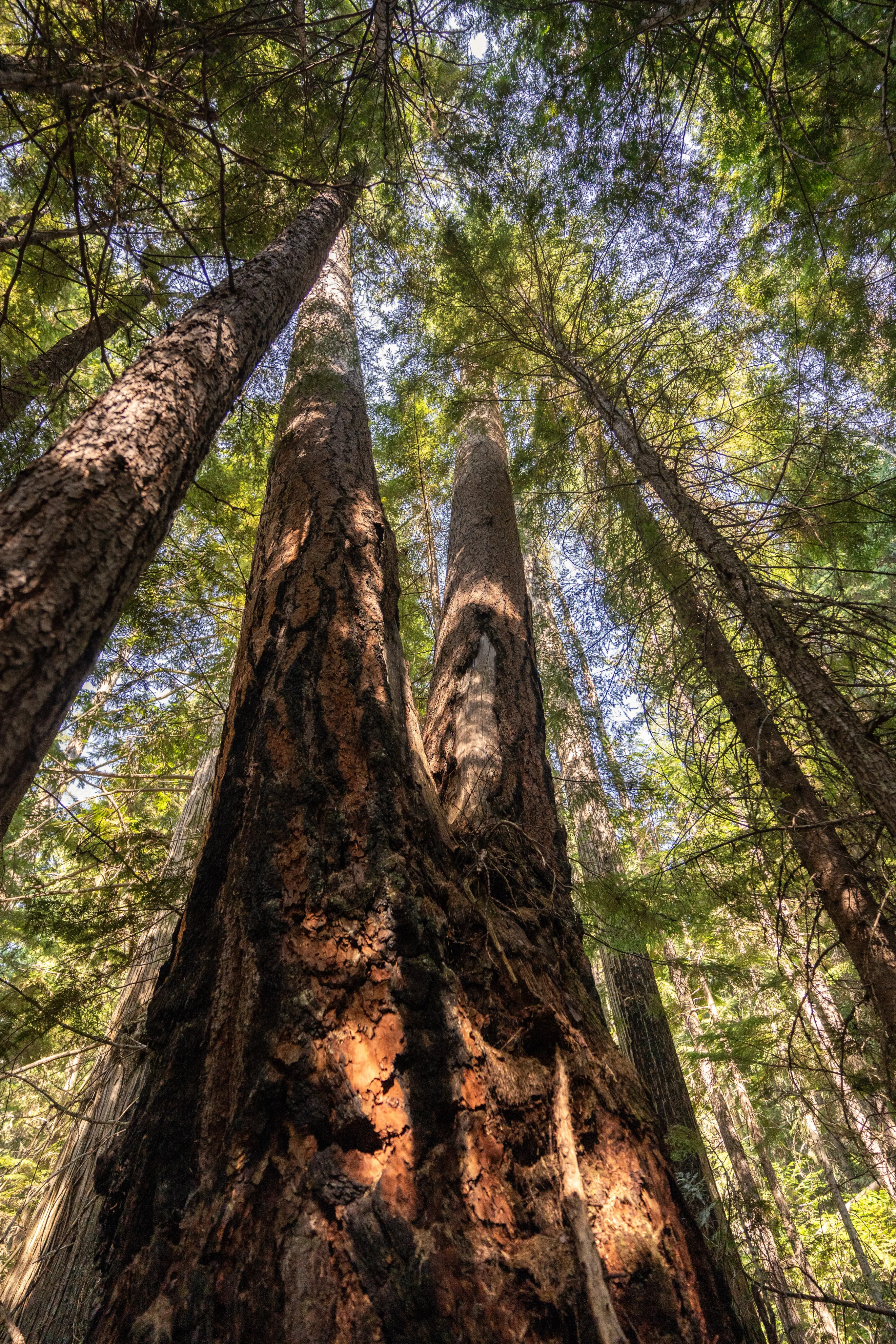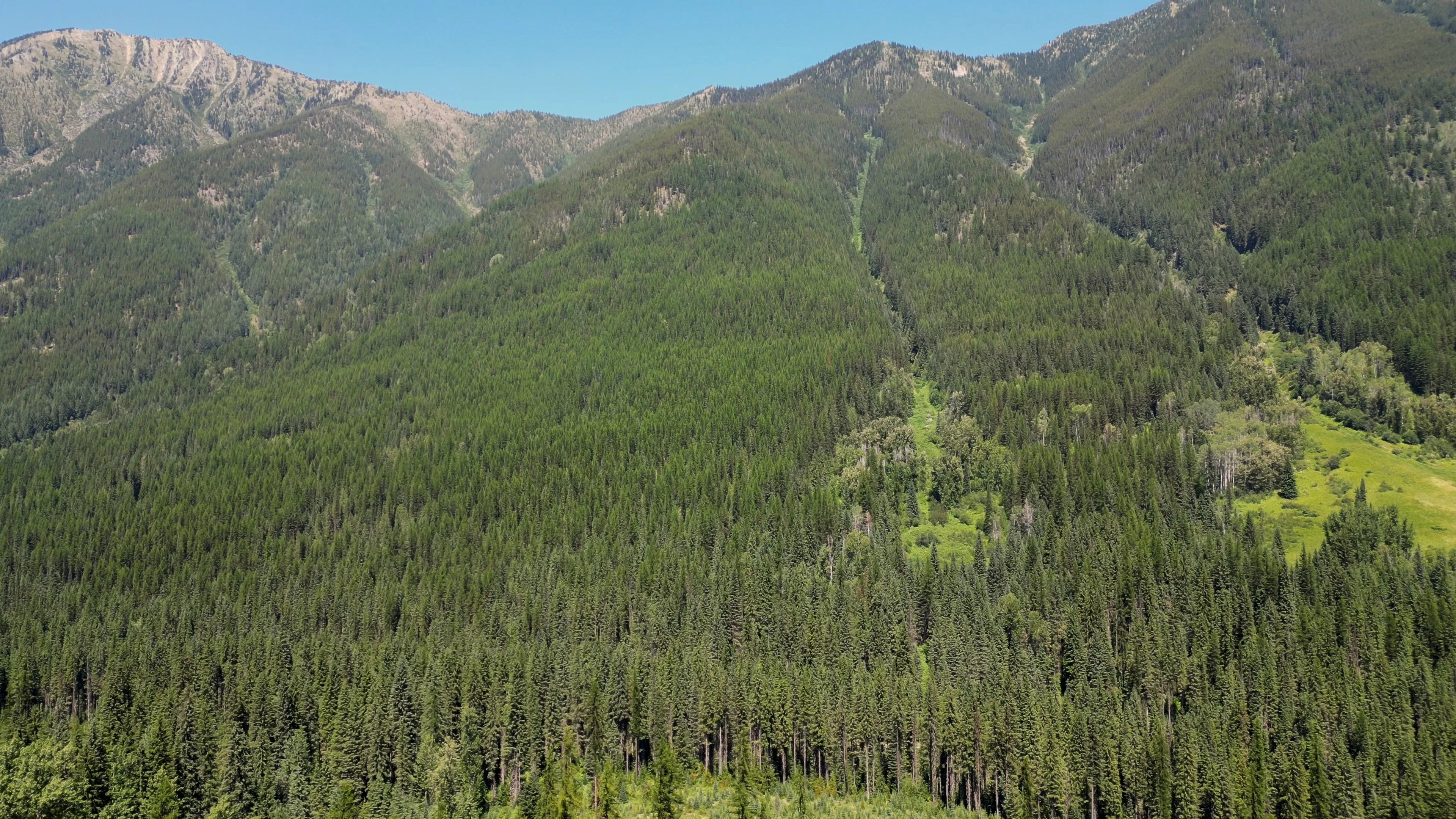The St. Mary’s valley west of Kimberley is a special place for many who hike, fish, hunt, camp, ski, berry pick, and so much more. It holds critical habitat and connective linkages for charismatic megafauna such as grizzly bears and elk. Its waters provide spawning habitat for westslope cutthroat trout and bull trout. And it is a landscape that, in its upper reaches, remains relatively intact (unroaded and undeveloped). Spend two minutes flying around the Kootenays on Google Earth, and you will quickly observe that this trait is becoming increasingly rare.
In late 2024, over 100 people attended a public meeting in Kimberley concerning newly proposed logging in the Westfork, Dewar and White Creek drainages of the St. Mary’s valley. If these plans proceed, they could result in hundreds if not thousands more hectares of high value, intact habitat being removed. The remarkable turnout and unity of concern shown at that 2024 meeting made it clear that large-scale logging in the upper reaches of the St. Mary’s will face significant community resistance.

Nearly a year later, little visible progress has been made on the new logging plans. Meanwhile, Wildsight has continued to maintain community engagement and pressure by offering four public field tours into the valley. From casual strolls through remnant old growth cedar stands, to juxtaposing intact mountain faces against very recent clearcuts, these trips were designed to connect people more deeply to place.
Forestry is a complicated and often veiled industry. Technical jargon and acronyms like SPH (stems per hectare) and DBH (diameter at breast height) can create barriers for community members wanting to become better informed about how their local forests are managed. These public trips have been an opportunity to begin breaking down some of those barriers by allowing space for questions and conversations, and for individuals to share stories about their experiences in the valley.


For most attendees, these trips have facilitated their first foray beyond St Mary’s Lake, a popular recreation site, or Redding Junction. In these lower parts of the valley, thousands of hectares of forest have already been clearcut, while other areas, such as the upper Westfork and Dewar Creek, are still recovering from logging that took place 30 to 40 years ago. The field trips allowed attendees to see what’s now at stake — the relatively untouched wilderness of the valley’s upper reaches.
Although new logging development has slowed in the St. Mary’s, that pause should not be mistaken for protection. The upper St. Mary’s remains one of the last largely unroaded, intact valleys in the region — and the decisions made over the next few years will determine whether it remains that way. Continued public engagement and pressure on decision makers will be essential to ensure this landscape is managed for more than just short-term profit.


